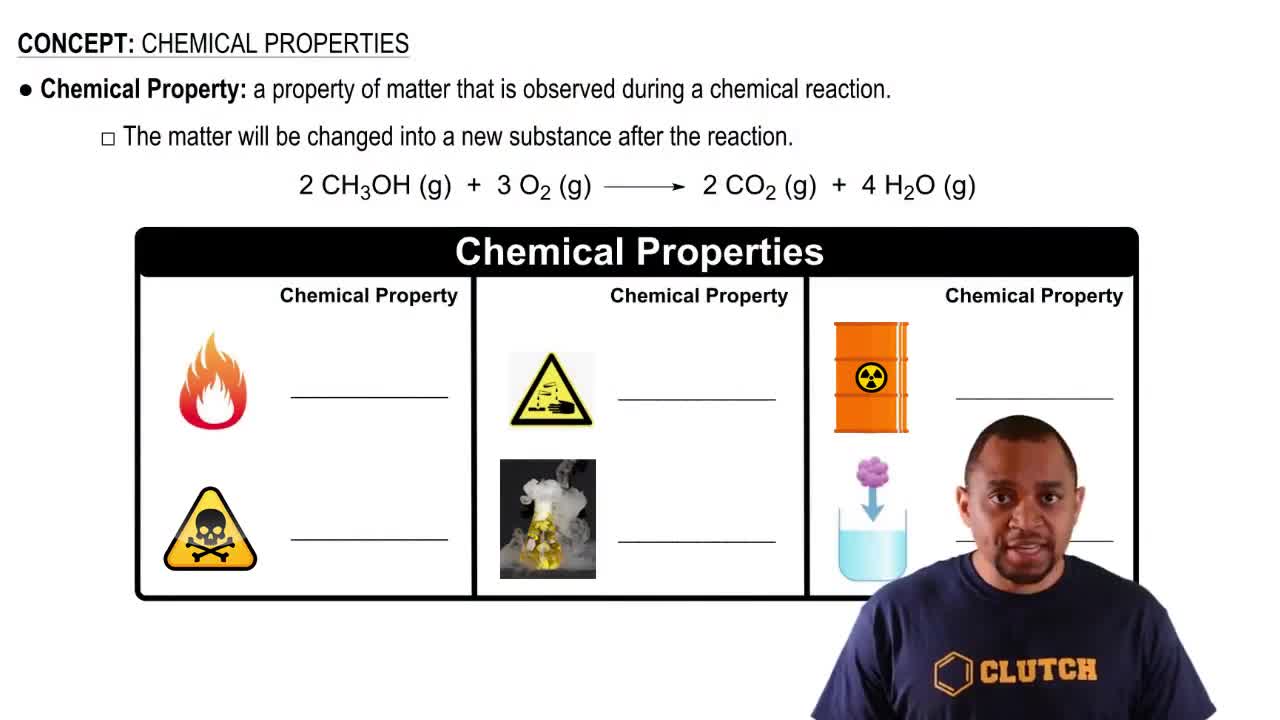Molecular Compounds
Molecular compounds are formed when two or more nonmetals bond together by sharing electrons. These compounds typically have distinct properties, such as lower melting and boiling points compared to ionic compounds. The naming of molecular compounds often involves using prefixes to indicate the number of atoms of each element present in the molecule.
Recommended video:
Naming Molecular Compounds
Chemical Nomenclature
Chemical nomenclature is the systematic naming of chemical compounds based on established rules. For molecular compounds, the names are derived from the elements involved, with prefixes like mono-, di-, tri-, etc., used to denote the number of atoms. For example, in SO2, 'sulfur' is the first element, and 'oxygen' is the second, with the prefix 'di-' indicating two oxygen atoms.
Recommended video:
Empirical and Molecular Formulas
The empirical formula represents the simplest whole-number ratio of elements in a compound, while the molecular formula shows the actual number of atoms of each element in a molecule. For SO2, the molecular formula indicates that one sulfur atom is bonded to two oxygen atoms, which is also its empirical formula since it cannot be simplified further.
Recommended video:
Empirical vs Molecular Formula



